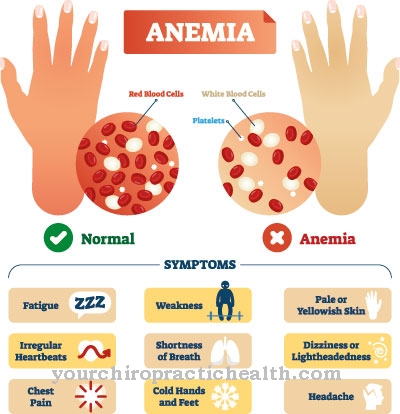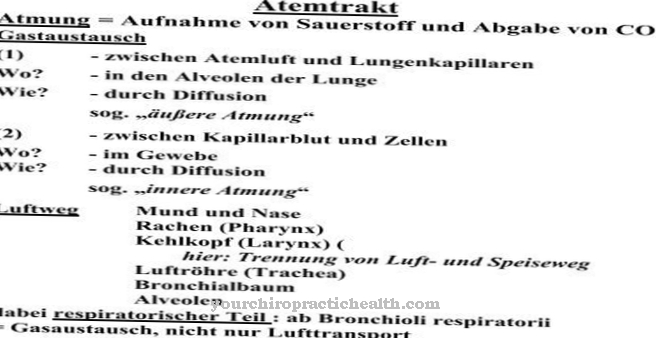The healthy one cauliflower, which belongs to the cruciferous family, is one of the most popular types of vegetables in Germany due to its easy digestibility and versatile preparation options.
What you should know about cauliflower

The main suppliers of cauliflower in Europe are France and Italy, as the area under cultivation in Germany is not sufficient for their own use. In the case of cauliflower, the flower buds that stand together to form the head are eaten. The buds are not yet fully developed, as is the case with broccoli. The white color of the cauliflower results from the bracts.
These lean over the flower and thus keep sunlight away from it, which means that no chlorophyll can form. The commercially available cabbage usually weighs between 300 and 500 grams, has a subtle aroma and a fine, spicy taste. In countries like Italy and France, the colored varieties are also very popular. The outdoor season in Germany is from June to October, but cauliflower is available all year round through imports.
Importance to health
The cauliflower is very healthy and thanks to the high content of vitamin C it strengthens the immune system and protects against colds. The folic acid contained, for example, ensures healthy tissue growth, which reduces the formation of cancer.
The two important active ingredients sulforaphane and indol3-carbinol, which cauliflower contains, are very important substances against cancer, for example bladder, breast, prostate and colon cancer. The vegetables also have a very positive effect on the heart, high blood pressure, kidney and bladder problems, the stomach, intestines and nerves.
It also has a dehydrating effect. The contained vitamin K enables a balance of the blood clotting factors. Due to the very high water content, the moisture content of the body is also positively influenced. Since the cauliflower is very low in calories and, due to the fiber it contains, satiates for a long time, it is also suitable for a diet.
Thanks to the loose and delicate structure, the vegetables are easy to digest and can also be chewed well. Therefore, cauliflower is also suitable for feeding sick people. Among the cabbage vegetables, cauliflower is considered to be the easiest to digest. It is therefore often served as a light food in retirement homes and hospitals.
Ingredients & nutritional values
| Nutritional information | Amount per 100 gram |
| Calories 25 | Fat content 0.3 g |
| cholesterol 0 mg | sodium 30 mg |
| potassium 299 mg | carbohydrates 5 g |
| protein 1.9 g | vitamin C 48.2 mg |
The cauliflower has few calories, around 90 percent water and a lot of fiber. It contains plenty of vitamins and minerals, such as vitamins C, K and provitamin A, folic acid, calcium, potassium, magnesium and phosphorus. The content is higher in the darker varieties. The mustard oils, which are responsible for the typical taste of cabbage, are among the phytochemicals that are valuable for health. These can be effective against bacteria, for example, and reduce the risk of cancer. The leaves of a fresh cauliflower contain even larger quantities of these substances and can therefore also be eaten as a vegetable and in soup.
Intolerances & allergies
Some people experience flatulence after consuming cauliflower.The reason for this is the fiber it contains, which is not digested by the intestine. There are bacteria in the intestine that break down these fibers, which creates intestinal gases. Abdominal pain can be another consequence, which only gets better when the gases go off. One way to make the cabbage more digestible is to add grated ginger, cumin, or fennel to the cooking process.
Shopping & kitchen tips
When shopping, make sure that the cauliflower is fresh. This is supported by leaves that are tight and juicy, plump florets and a fresh, subtle, pleasant scent. Yellow and wilted leaves, brown spots, small, black dots and a musty, strong smell, however, indicate that the cauliflower is not fresh or has been overlaid.
The whole vegetable can be kept in the vegetable compartment of the refrigerator for up to four days. However, it is more ideal to eat it fresh. Before storing, it is advisable to remove the leaves and cut off the stalk. The cabbage can also be frozen. For this, however, the head should be divided into florets and briefly blanched in salt water. It is recommended that the florets are then processed in the frozen state, as thawed cauliflower quickly becomes mushy. If a little lemon juice is added to the cooking water, the white color of the cabbage is particularly well preserved.
The cauliflower can be harmed by nearby fruits and vegetables that are heavily enriched with ethylene, a natural ripening gas, such as apples and tomatoes. Before preparation, the cauliflower is washed thoroughly and the leaves are removed. If the cauliflower is cooked whole, it will take about twenty minutes. If it has already been cut into florets, it only takes ten to fifteen minutes.
The cauliflower should not be cooked for too long, as it then smells unpleasantly of rotten eggs due to the hydrogen sulfide it contains. The addition of milk to the water is said to reduce the unpleasant odor. The disadvantage, however, is that the cauliflower will turn a little gray.
Preparation tips
The cauliflower has a variety of uses because it can be prepared in several ways. Traditionally, it is served with melted butter and a hollondaise sauce. This makes the vegetables an ideal accompaniment to meat dishes. A casserole is also very popular. The cauliflower can be baked with cheese. As a vegetable accompaniment to meat, for example, it can be served on a plate whole, sprinkled with parsley. Cooked cauliflower can also be blanched.
This way it is often mixed into a salad or topped with a pizza. Cauliflower with toasted breadcrumbs, ham and boiled eggs is also a popular classic. Otherwise, the cauliflower is an all-rounder: Regardless of whether it is boiled, steamed, fried, steamed, gratinated or deep-fried, the tasty and healthy vegetables can do a lot more than complement meat and fish dishes. Classic dishes such as Leipziger Allerlei, a spicy risotto, a light stew or a delicious cream soup can be prepared with cauliflower.
But the cabbage is also wonderfully suitable for exotic delicacies, for example a vegetarian vegetable or potato curry. It is also possible to deep-fry the cauliflower, for example in batter. This is particularly popular in Far Eastern cuisine. Whatever dishes are conjured up, the low-calorie cauliflower is tasty and healthy. If it is gently steamed, 100 grams contain just 25 calories. In order to make the best use of the valuable ingredients contained in cauliflower, it should only be processed gently. It is best to only steam it lightly.
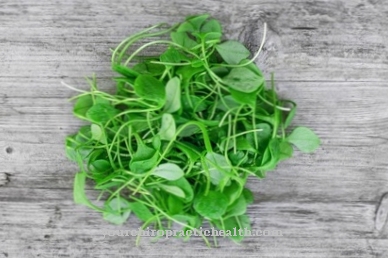
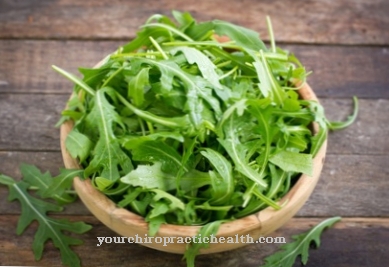
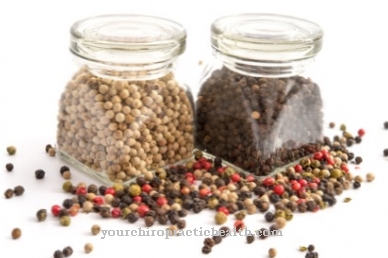
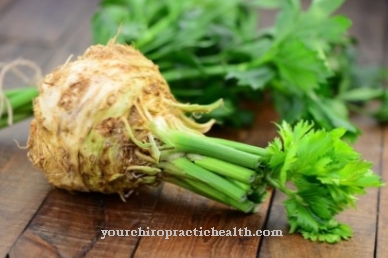
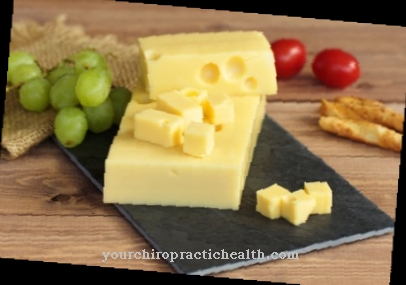
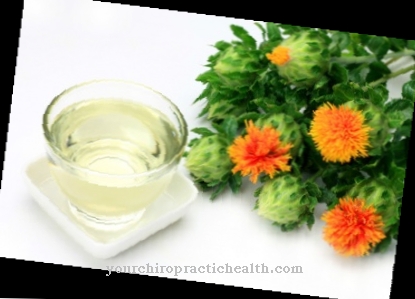





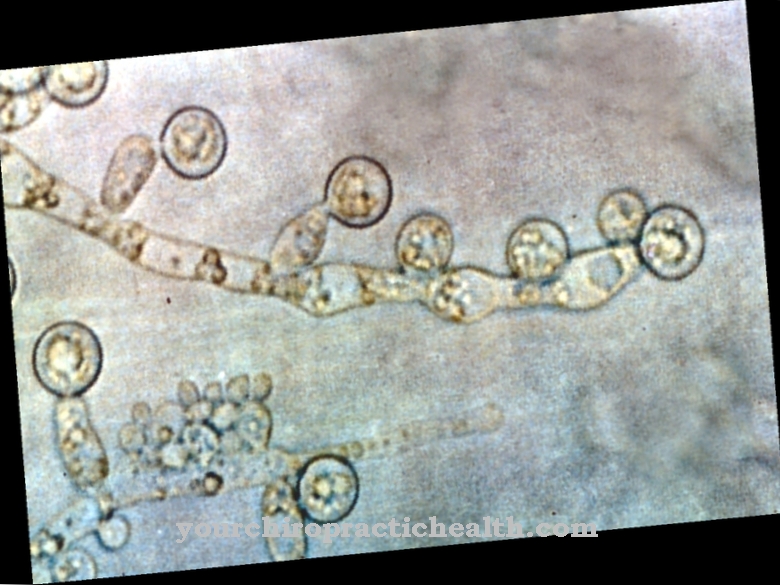

.jpg)

